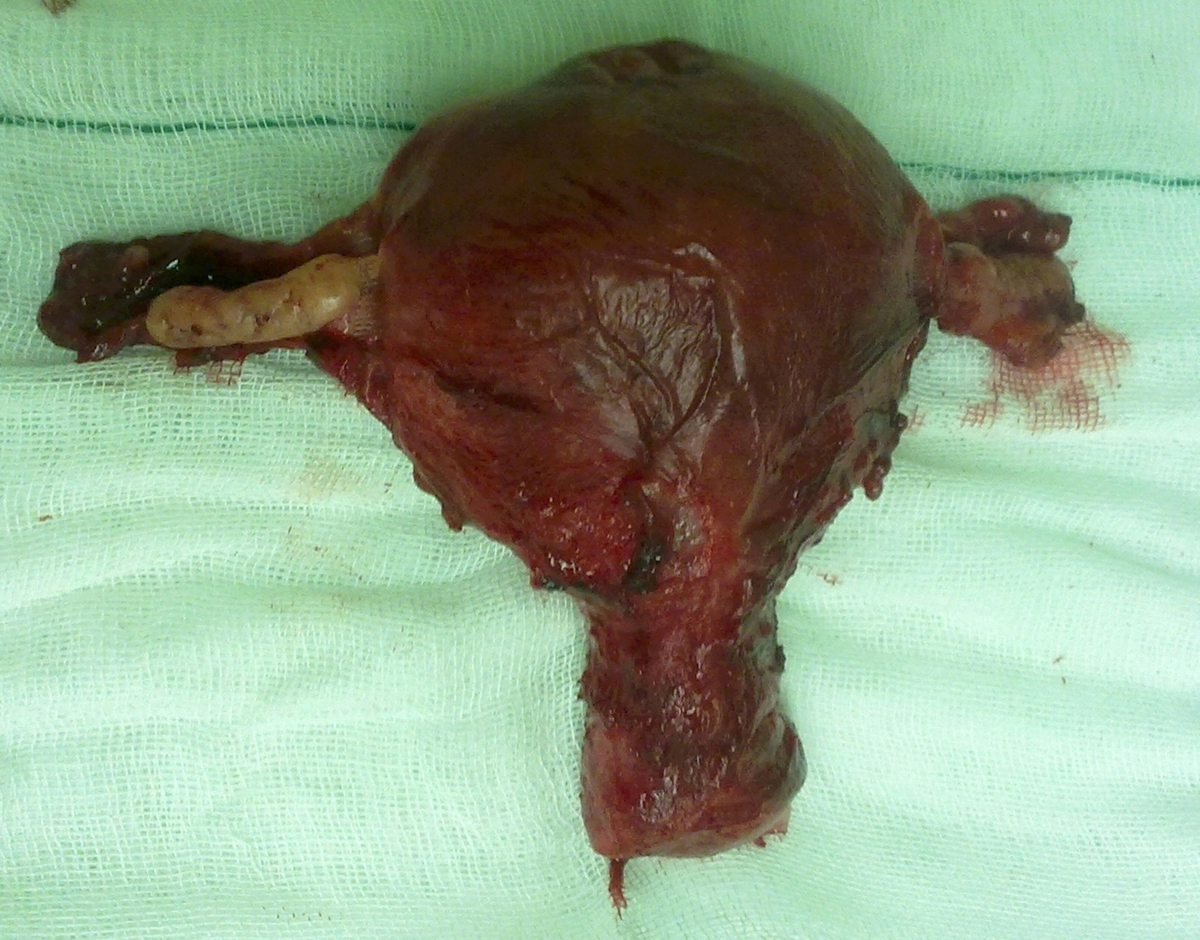
A hysterectomy is the surgical removal of the uterus. The name hysterectomy is derived from Greek language where hystera means "the womb” and ektomia means "a cutting out of". This is one of the most commonly performed surgical conditions, and in about 90%, it is necessary because of an underlying benign condition. As a result of hysterectomy, the woman loses her ability to bear children. In most of the cases, hysterectomy is done together with oophorectomy, a removal of ovaries. This additional procedure is typically advised to decrease a woman’s risk of ovarian cancer.
Types of hysterectomy
There are different types of hysterectomy and doctors usually decide which one to complete depending on the reason behind this surgical procedure. Surgeons will sometimes remove only a part of the uterus, while in some other cases, they need to remove it completely. In supracervial or subtotal hysterectomy, only the upper part of the uterus is removed. In total hysterectomy, both the uterus and the cervix are removed. A radical hysterectomy, which is typically done as a treatment of cancer, includes a complete removal of the uterus, tissue on the sides of the uterus, the cervix, and the top part of the vagina.
Who is a candidate for hysterectomy?
Hysterectomy is completed for different reasons. Typically, women need a hysterectomy if they have uterine fibroids accompanied with pain, bleeding and other health problems. A thickening of the uterus may also demand hysterectomy as a treatment. This is also the case with the uterine prolapsed, defined as shifting of the uterus from the normal position into the vaginal canal. Candidates for hysterectomy are also women suffering from chronic pelvic pain, abnormal vaginal bleeding, endometriosis, and cancers of the reproductive system, including uterus, cervix, or ovaries. Less frequently, hysterectomy is completed in women who want to avoid certain reproductive system cancers, as a part of overall gender transition or in some very specific cases of sterilization due to developmental disabilities.
What to expect?
Individual experiences about hysterectomy may differ depending on the surgeons’ approach. There are two main methods: open surgery and surgery using a minimally invasive procedure or MIP. In most of the cases, surgeons use open surgery making a 5 to 7 inch incision across the belly. Women will typically need to spend about three days in the hospital, and they will have a visible scar after the surgery. In minimally invasive procedure, the cut and removal are done from the inside and the procedure does not leave any scars.














Your thoughts on this
Loading...